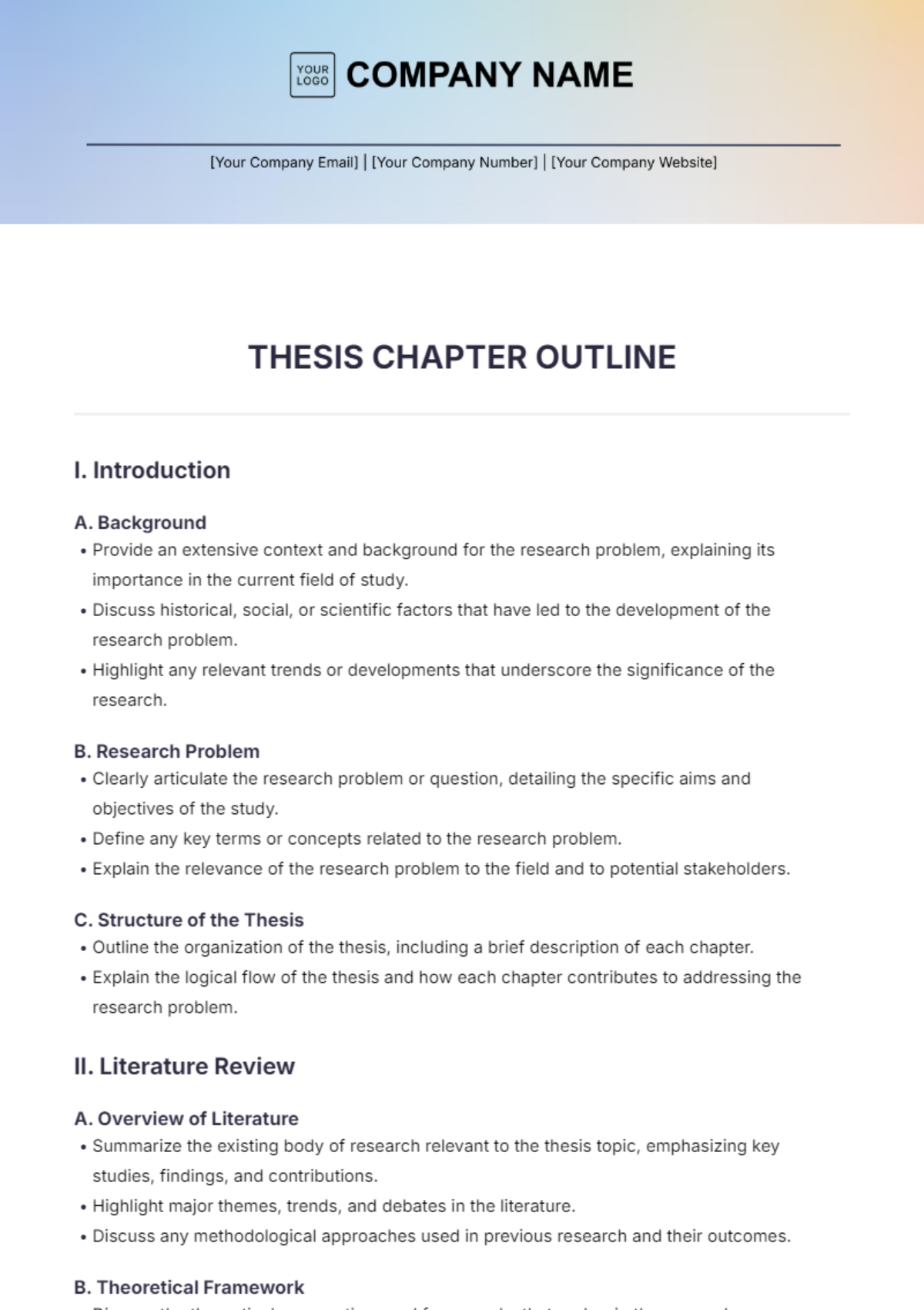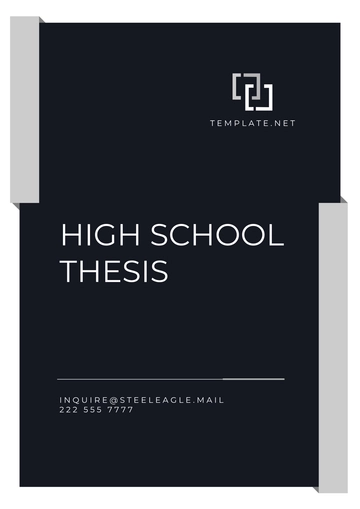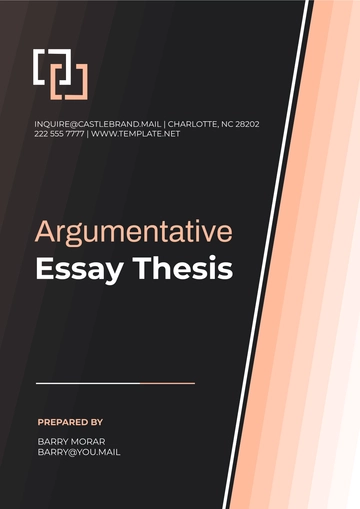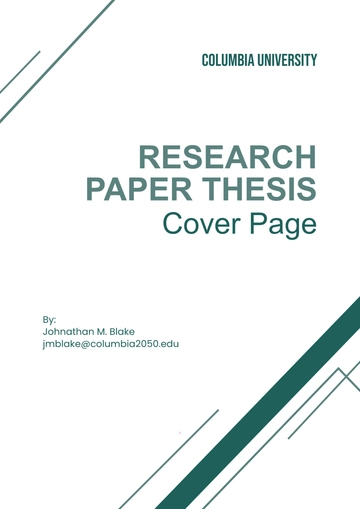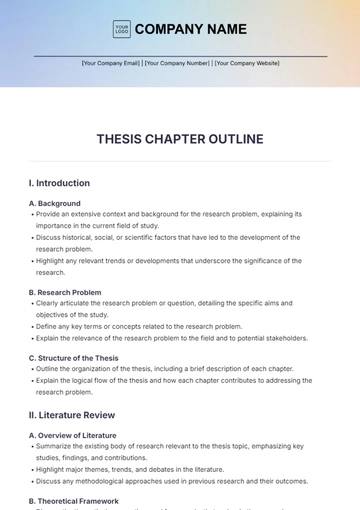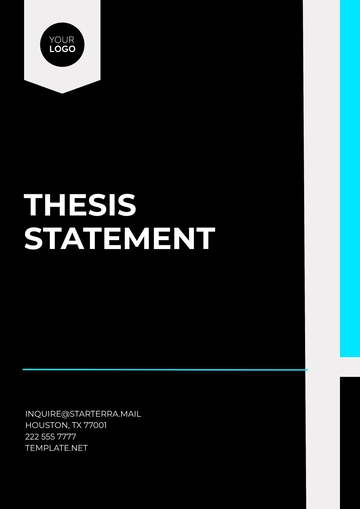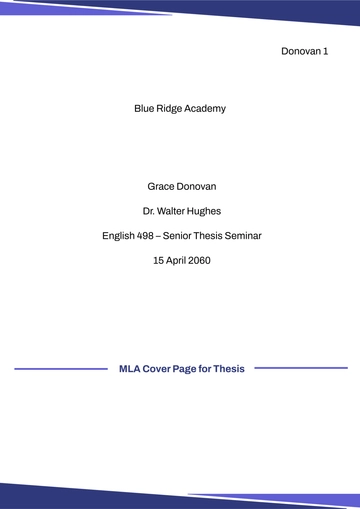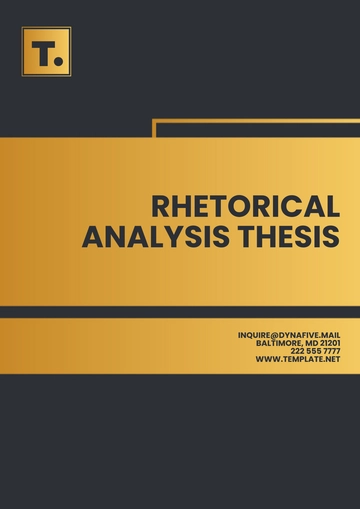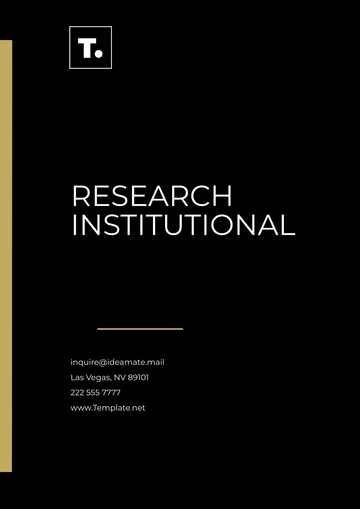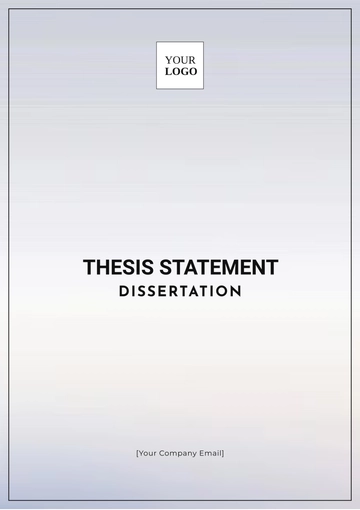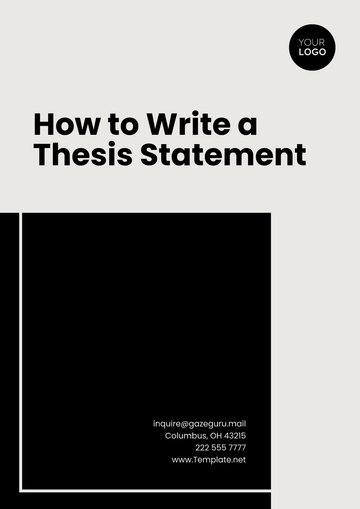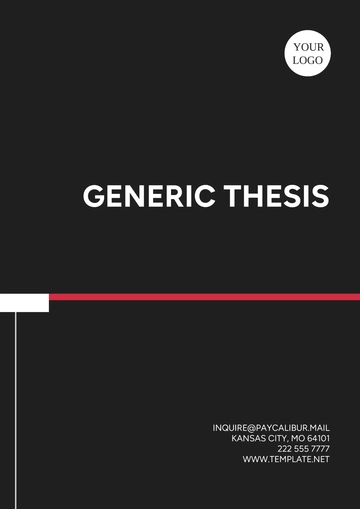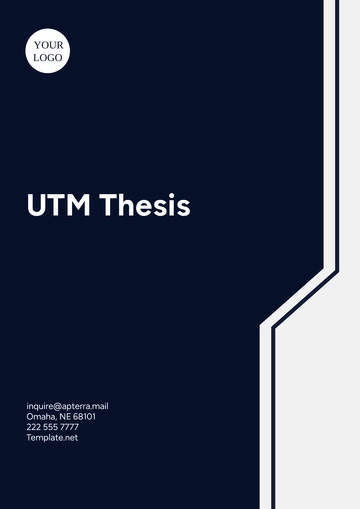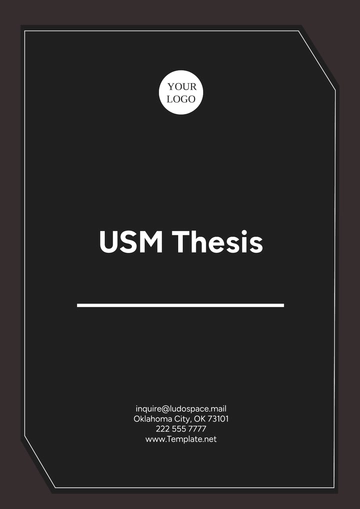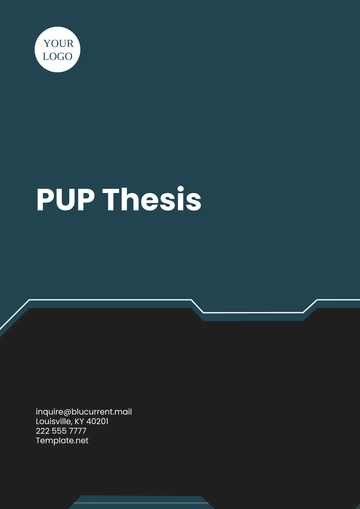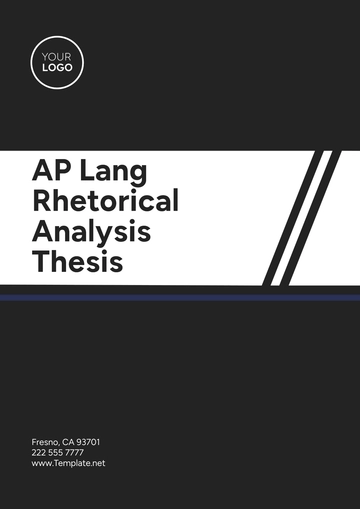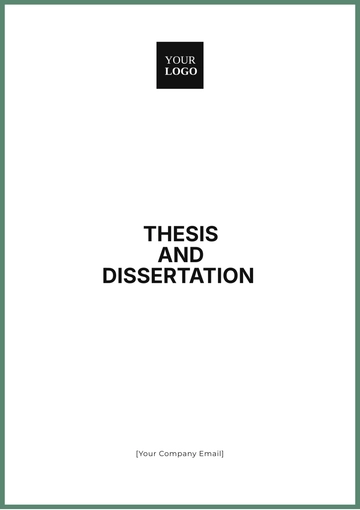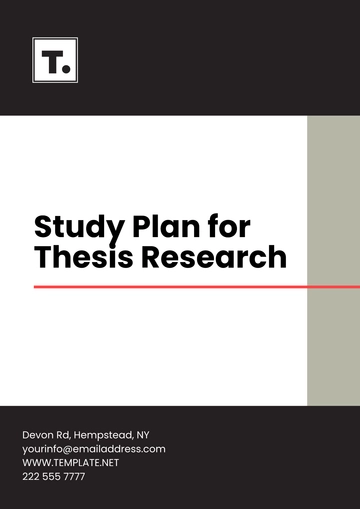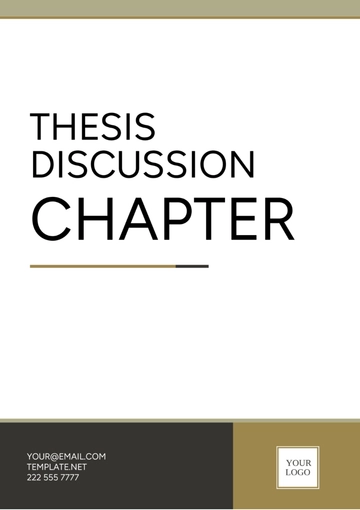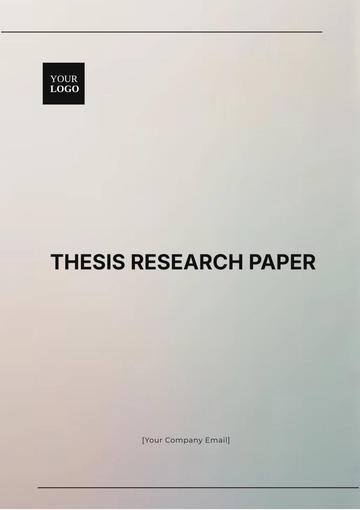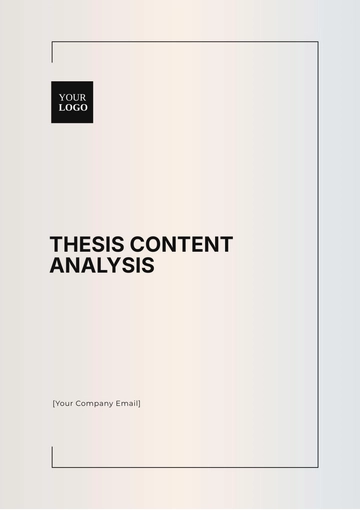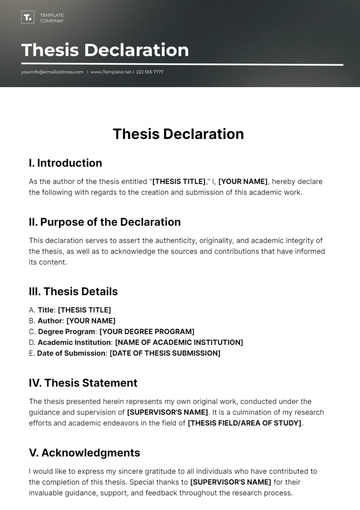THESIS CHAPTER OUTLINE
I. Introduction
A. Background
Provide an extensive context and background for the research problem, explaining its importance in the current field of study.
Discuss historical, social, or scientific factors that have led to the development of the research problem.
Highlight any relevant trends or developments that underscore the significance of the research.
B. Research Problem
Clearly articulate the research problem or question, detailing the specific aims and objectives of the study.
Define any key terms or concepts related to the research problem.
Explain the relevance of the research problem to the field and to potential stakeholders.
C. Structure of the Thesis
Outline the organization of the thesis, including a brief description of each chapter.
Explain the logical flow of the thesis and how each chapter contributes to addressing the research problem.
II. Literature Review
A. Overview of Literature
Summarize the existing body of research relevant to the thesis topic, emphasizing key studies, findings, and contributions.
Highlight major themes, trends, and debates in the literature.
Discuss any methodological approaches used in previous research and their outcomes.
B. Theoretical Framework
C. Gap in the Literature
Identify and discuss gaps, limitations, or inconsistencies in the existing literature that the current study aims to address.
Explain how filling these gaps contributes to the field and advances knowledge.
III. Research Methodology
A. Research Design
Describe the overall research approach and design, including the rationale for choosing this design.
Discuss how the design aligns with the research objectives and problems.
B. Data Collection
C. Data Analysis
Outline the processes and techniques used for analyzing the collected data.
Discuss the analytical methods applied to both quantitative and qualitative data.
Explain how the data analysis contributes to addressing the research problem.
IV. Results
A. Presentation of Data
B. Interpretation of Results
V. Discussion
A. Summary of Principal Findings
B. Comparison with Previous Research
Compare the study’s findings with those of previous research, noting any similarities, differences, or new insights.
C. Implications and Recommendations
Discuss the practical, theoretical, and policy implications of the findings.
Provide recommendations based on the results for practice, theory, or future research.
VI. Conclusion
A. Restatement of Research Problem
B. Main Conclusions
C. Final Thoughts
VII. References
VIII. Appendices
Include supplementary materials such as raw data, questionnaires, interview transcripts, or additional notes that support the research.
Chapter Outline Templates @ Template.net
